
Capability Register
iNADO is proud to present the first Capability Register of its member NADOs and RADOs. It was created with the answers received from a survey launched at the end of 2020 and to which 44 member NADOs and 9 RADOs contributed.
At a glance
NADOs and RADOs still allocate the majority of their budget to testing activities, allocating an average of 60%. This confirms the traditional association between sample collection and the fight against doping. The average iNADO Member count is 24 staff for NADOs and 2 for RADOs.
With this register, Members will be able to understand how budget and human resources are distributed and how these could be reorganized to implement new techniques such as remote testing and dried blood spot (DBS) testing.
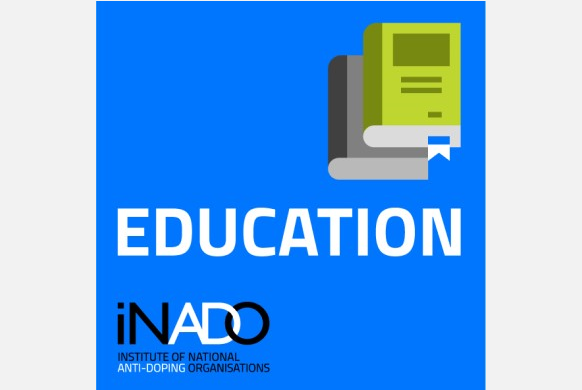
Education
Education has always been a key component of a comprehensive Anti-Doping program, the survey has assisted us to comprehend the athlete population in the country/region and assess the capability of a NADO or RADO to educate athletes and their support personnel.
At a glance
Among all educational platforms, 744,240 athletes and their support personnel have been educated about anti-doping in the reporting period, and anti-doping manuals and outreach activities remain the most popular ways to do so! For more insights and to discover innovative education projects from members, click here!
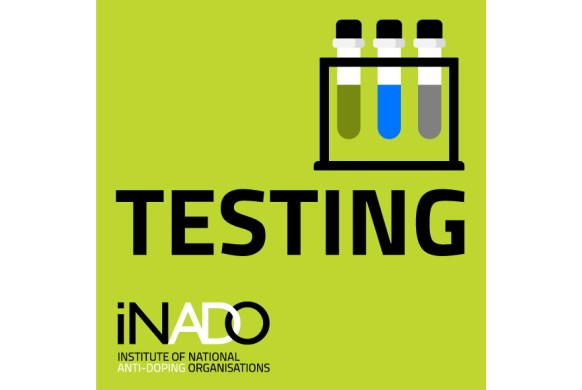
Testing
Testing has traditionally been the core of anti-doping programs and for the public, it is the definition of anti-doping. The role of anti-doping organizations, however, is significantly wider than this. Besides traditional testing numbers, the additional variables reviewed in this survey offer a good basis for comparison of different elements of testing relative to the size of the anti-doping program.
At a glance
Members reported a total of 141,992 tests in the reporting period, which represent, 77% of tests conducted and reported to WADA in 2019 by all NADOs and RADOs. To read more about testing, click here!
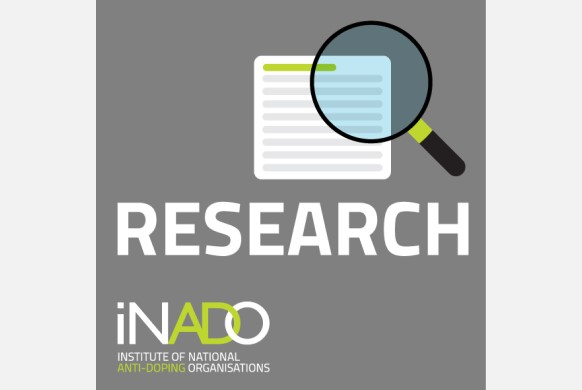
Scientific Research
With the growth of sciences and research and the shift of practical implementation towards ADOs, investigating the role sciences plays in the daily activities of NADOs and RADOs and the type of expertise needed to conduct it becomes important to understand.
At a glance
Only 24.5% of the Members declared having a dedicated scientific unit. For the Members involved in scientific research, the two most important areas of interest are social sciences and drug detection methods. To find out more about number of TUEs processed, use of medication database and more, click here!
How to make use of the register?
With this register, Members will be able to understand the resources of each organisation and see the capacities of our entire community.
The full Capability Register of iNADO Members report presents a summary of the results with short contextualization and analysis and “highlights” boxes offering possibilities for discretional benchmarking for the reader to compare one ADO to another. It focusses on some Members’ own experiences and brings forward more general practices that could be replicated in different contexts. For each chapter, a conclusion of the main findings as well as the potential implications for iNADO’s own operational plan is also proposed.
Power Bi is an online interactive visualization of a selection of results. The visitor can focus on answers from certain NADOs or RADOs or choose to look at a geographical context or other specific feature or they can draw hypothetical models for analysis or benchmark.
Watch the tutorial video and visit the interactive page!
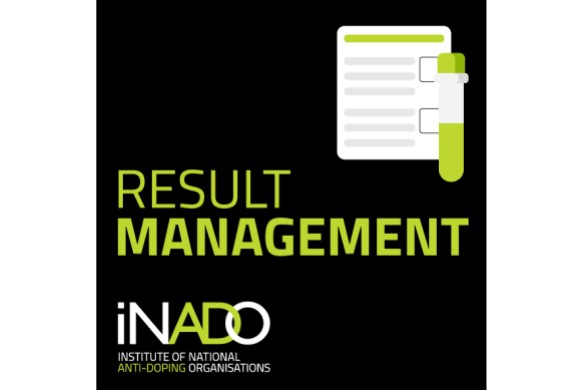
Results Management
Similar to scientific proficiency, the process of results management carried out by an ADO requires not only legal input but an interaction of several fields of expertise. This section gives an overview of the processes put in place by the Members.
At a glance
Anti-doping sanctions diverge from country to country, in 44% of the NADOs countries and 22% of the countries covered by RADOs anti-doping violations can receive criminal sanctions. More about this, the independence of hearing panels and more, click here!
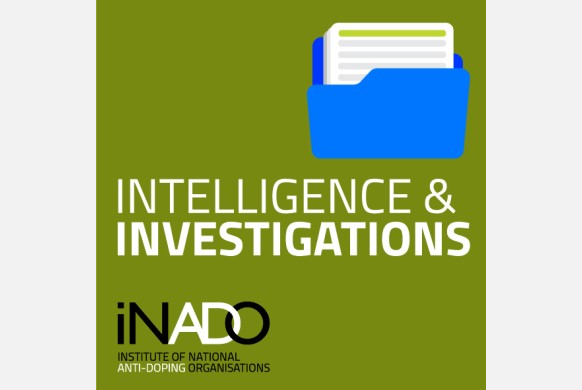
Intelligence & Investigations
Since 2015 and the new International Standard for Testing and Investigations (ISTI), ADOs have introduced I&I procedures in their daily work. This section analyses their capacity to investigate and to react to reported information.
At a glance
With an average of 3% of the budget, three quarters of the respondents declared to have a functioning I&I unit and/ or an established whistleblowing mechanism. This puts in perspective the tremendous efforts it took to investigate 43% of 1,805 whistleblowing reports addressed to the Members in the reporting period, out of which over 60% led to targeted tests. To read more about the role of I&I at our Members’, click here!
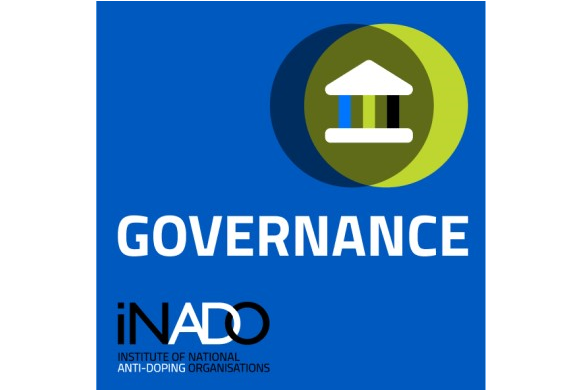
Governance
There are as many governance structures as there are Members and no one-size fits all! This section gives an overview of different elements of the Members’ governance structures as well as a snapshot of the different certification methods and WADA audit experience.
At a glance
Although there is no one-size-fits-all formula, the report highlights common best practices from Members with the aim to lead the way towards good governance, 50% of respondents have a formal process to elect board and set criteria. Click here to read more about Governance at Members’, click here!